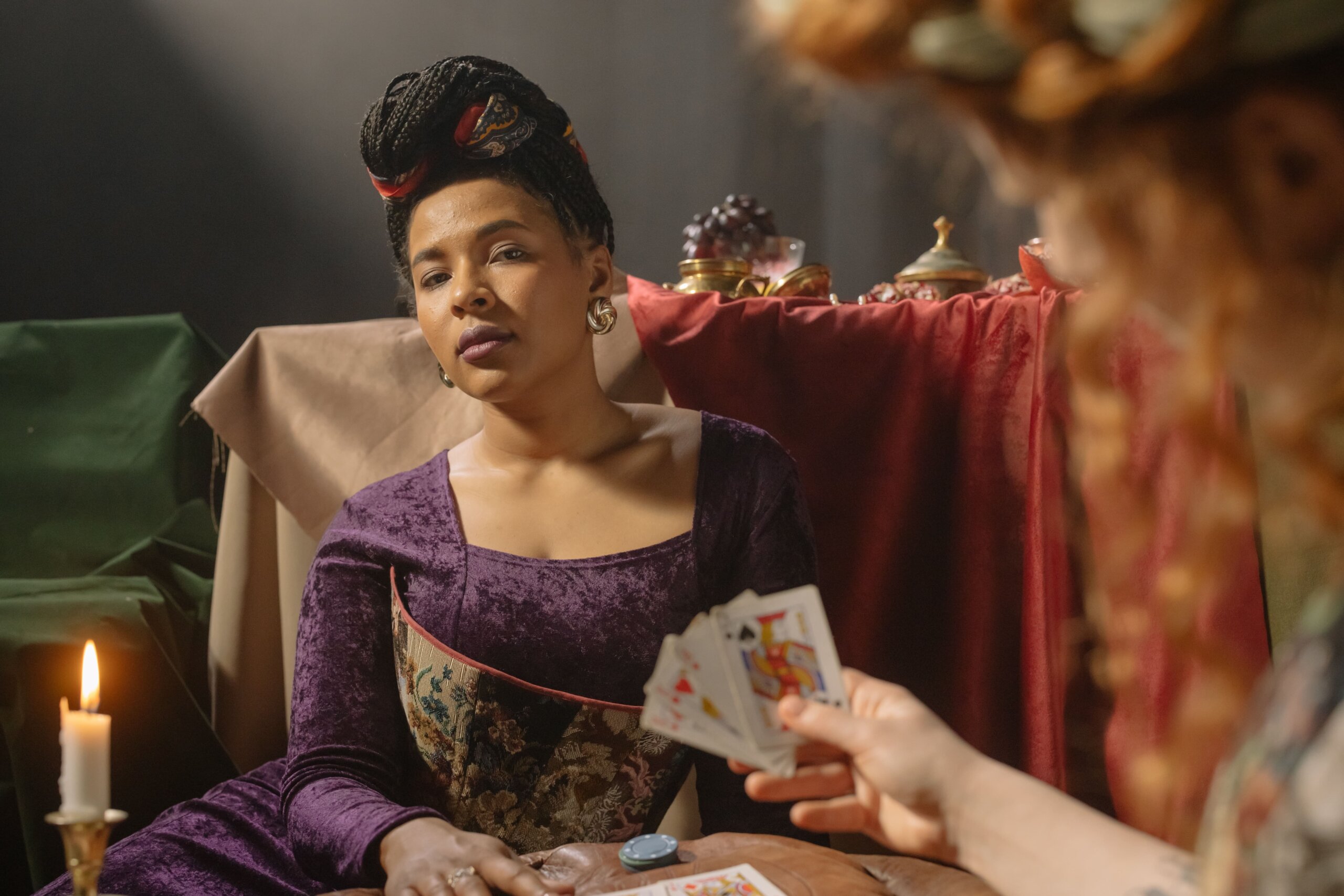How to Play Blackjack
The Objective of Blackjack
The main objective of blackjack is to beat the dealer’s hand without going over 21. If your hand exceeds 21, you bust and automatically lose the round. However, if your hand value is closer to 21 than the dealer’s, or if the dealer busts, you win.
Understanding Card Values and Scoring
In blackjack, each card has a specific value. Number cards (2-10) are worth their face value, face cards (Jack, Queen, King) are valued at 10, and Aces can be counted as either 1 or 11, depending on which value benefits the player’s hand the most.
Placing Bets in Blackjack
Before the cards are dealt, players place their bets. The minimum and maximum bet limits are determined by the table’s rules. Once the bets are placed, the dealer starts the round by dealing the cards.
The Deal and Shuffle Process
In land-based casinos, the dealer typically uses multiple decks of cards, which are shuffled together in a shoe. After the shuffle, the dealer offers the deck to one of the players to cut, splitting the deck into two sections. The player inserts a plastic card into the deck to indicate the point at which the dealer will reshuffle. Once the deck is cut, the dealer proceeds to deal two cards face-up to each player, and two cards to themselves, one face-up and one face-down.
Playing the Game of Blackjack
Once the initial cards are dealt, players have several options to improve their hand and beat the dealer:
- Hit: Players can request an additional card from the dealer. This action is typically taken when a player’s hand value is relatively low and they aim to get closer to 21 without busting.
- Stand: If a player is satisfied with their current hand, they can choose to stand and not receive any more cards. This action is typically chosen when a player’s hand value is high and closer to 21 than the dealer’s hand.
- Double Down: Doubling down allows players to double their initial bet in exchange for receiving one more card. This action is often taken when a player has a favourable hand and believes that a single additional card will significantly improve their chances of winning.
- Split: When a player is dealt a pair of cards with the same rank, such as two 8s or two Kings, they have the option to split the pair into two separate hands. This action requires an additional bet equal to the original wager and allows the player to play each hand individually. Splitting pairs can provide more opportunities to win if played strategically.
Strategies for Splitting Pairs and Doubling Down
Splitting pairs and doubling down are strategic moves that can enhance a player’s chances of winning in blackjack. It is generally recommended to split Aces and 8s, as it increases the chances of getting strong starting hands. However, it is advised to avoid splitting 10s, 5s, and face cards, as these hands have a high probability of being strong on their own.
Doubling down is most effective when the player’s hand value is 9, 10, or 11, and the dealer’s up card is weak (2 to 6). It is important to consider the dealer’s up card before deciding to double down, as it can significantly impact the outcome of the hand.
Exploring Insurance and Settlement in Blackjack
Insurance is a side bet offered when the dealer’s up card is an Ace. It allows players to wager half of their original bet that the dealer has a blackjack (a hand with a value of 21 consisting of an Ace and a 10-value card). If the dealer indeed has a blackjack, the insurance bet pays out at 2:1, effectively offsetting the loss on the original bet. However, if the dealer does not have a blackjack, the insurance bet is lost, and the game continues as usual.
While insurance may seem like a tempting option to protect against the dealer’s potential blackjack, it is generally considered a risky bet with a high house edge. Statistically, the odds are not in favour of the player, and the long-term profitability of insurance bets is questionable. Therefore, most expert players advise against taking insurance and instead focus on employing sound basic strategy techniques to maximize their chances of winning.
Basic Strategy for Winning at Blackjack
To increase your chances of winning at blackjack, it is essential to employ a basic strategy. Basic strategy is a mathematically derived strategy that outlines the optimal play for every possible combination of player hand and dealer up card. While it does not guarantee a win in every hand, it minimizes the house edge and provides players with the best statistical advantage.
Basic strategy charts are available online and can be used as a reference while playing blackjack. These charts specify the recommended action for each possible player hand and dealer up card combination. Following basic strategy eliminates guesswork and instinctual decisions, allowing players to make mathematically sound choices that maximize their chances of winning in the long run. It’s important to note that basic strategy may vary slightly depending on the specific rules of the blackjack variation you are playing, such as whether the dealer hits or stands on a soft 17.


